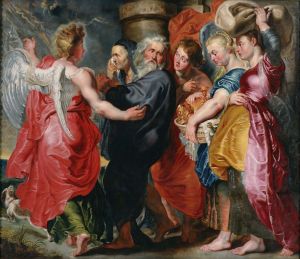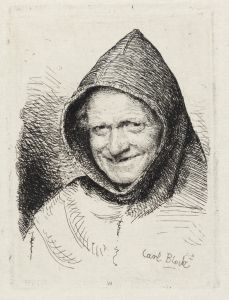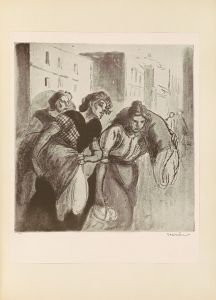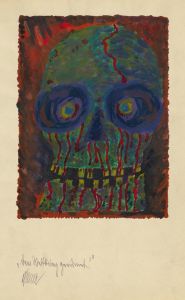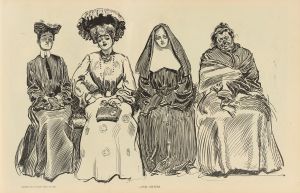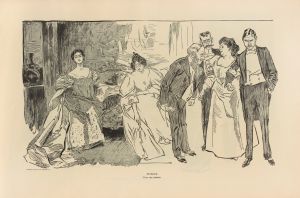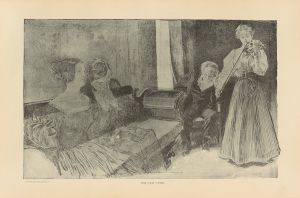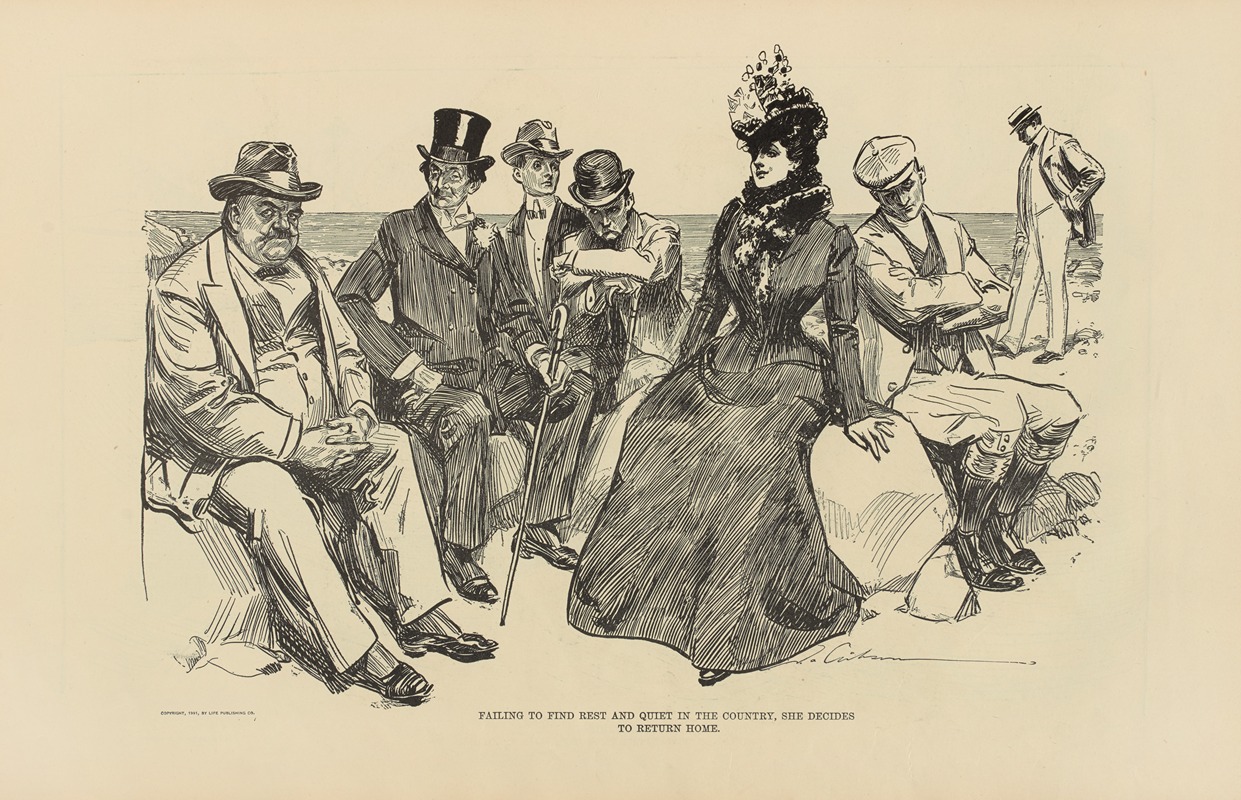
Failing to find rest and quiet in the country, she decides to return home
A hand-painted replica of Charles Dana Gibson’s masterpiece Failing to find rest and quiet in the country, she decides to return home, meticulously crafted by professional artists to capture the true essence of the original. Each piece is created with museum-quality canvas and rare mineral pigments, carefully painted by experienced artists with delicate brushstrokes and rich, layered colors to perfectly recreate the texture of the original artwork. Unlike machine-printed reproductions, this hand-painted version brings the painting to life, infused with the artist’s emotions and skill in every stroke. Whether for personal collection or home decoration, it instantly elevates the artistic atmosphere of any space.
Charles Dana Gibson was an influential American illustrator, best known for his creation of the "Gibson Girl," an iconic representation of the American woman at the turn of the 20th century. His illustrations captured the spirit and social dynamics of his time, often with a touch of humor and satire. One of his works, "Failing to find rest and quiet in the country, she decides to return home," reflects Gibson's keen observation of societal trends and personal experiences.
This particular illustration is part of Gibson's broader commentary on the lifestyle and social expectations of women during the late 19th and early 20th centuries. The image depicts a woman who, despite seeking solace and tranquility in the countryside, finds herself unable to achieve the peace she desires and thus decides to return to her urban home. This narrative can be seen as a reflection of the changing dynamics of American society, where urbanization and the hustle of city life were becoming increasingly dominant.
Gibson's work often highlighted the contrasts between rural and urban life, as well as the evolving roles of women. During this period, many women were beginning to assert more independence and seek opportunities beyond traditional domestic roles. The Gibson Girl, as a cultural icon, embodied this shift, representing a woman who was confident, educated, and socially active. In this illustration, the woman's decision to return home might suggest a commentary on the challenges faced by women in balancing societal expectations with personal desires.
The style of the illustration is typical of Gibson's work, characterized by detailed pen-and-ink drawings that capture both the elegance and the subtle humor of the scene. His ability to convey complex social narratives through simple yet expressive imagery made his work widely popular and influential.
Gibson's illustrations were published in various magazines, including Life, Harper's Weekly, and Scribner's, reaching a broad audience and shaping public perceptions of contemporary issues. His work not only entertained but also provoked thought and discussion about the roles and aspirations of women during a time of significant social change.
"Failing to find rest and quiet in the country, she decides to return home" is a testament to Gibson's skill in capturing the nuances of human experience and societal trends. While the specific circumstances and motivations of the woman in the illustration are not detailed, the image resonates with the broader themes of transition and the search for identity that characterized the era.
Overall, Charles Dana Gibson's work remains a valuable historical resource, offering insight into the cultural and social dynamics of his time. His illustrations continue to be appreciated for their artistic merit and their ability to encapsulate the spirit of an era in transition.







